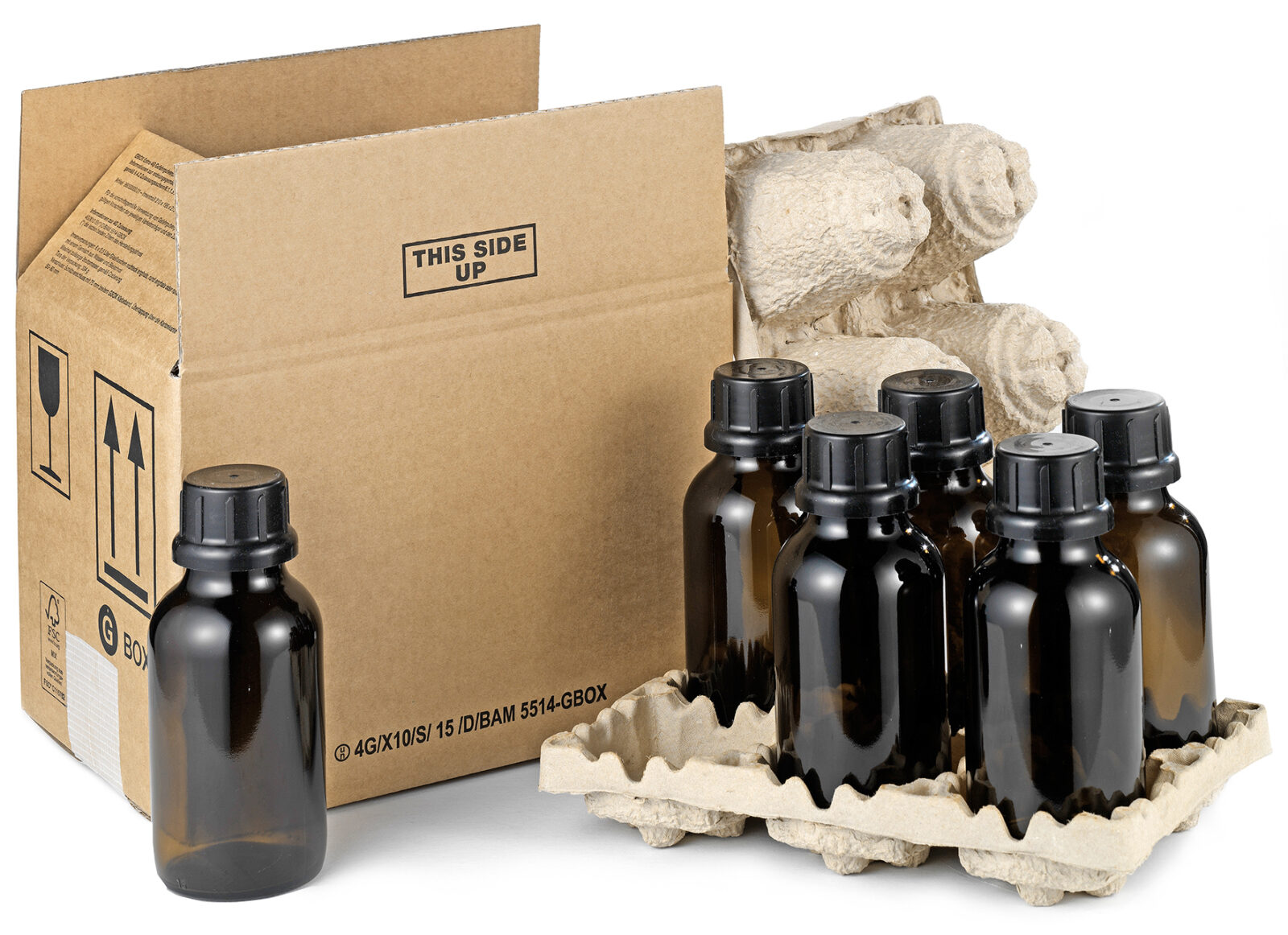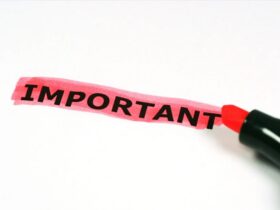The transportation of dangerous goods is a complex and challenging process that requires strict adherence to safety regulations. The United Nations (UN) has established a set of guidelines for the packaging and transportation of dangerous goods, including the use of UN certified boxes.
These boxes are specially designed to keep dangerous goods in check and prevent them from causing harm to people, property, and the environment.
What are UN certified boxes?
UN certified boxes are packaging containers that have been tested and approved by the UN for the transportation of dangerous goods.
These boxes are designed to withstand the rigours of transportation, including rough handling, vibration, and temperature changes. They are made from high-quality materials that are resistant to impact, puncture, and corrosion.
Why are UN certified boxes important?
UN certified boxes are important because they help to ensure the safety of people, property, and the environment during the transportation of dangerous goods. They provide a secure and reliable means of transporting hazardous materials, such as chemicals, flammable liquids, and radioactive materials.
UN certified boxes also help to prevent spills and leaks that can cause harm to the environment and wildlife.
How are UN certified boxes tested?
UN certified boxes are tested according to a set of rigorous standards established by the UN. These standards are designed to ensure that the boxes can withstand the stresses of transportation and prevent leaks or spills.
The testing process includes a series of physical tests, such as drop tests, stacking tests, and vibration tests. The boxes are also tested for their ability to resist puncture, impact, and corrosion.
What are the different types of UN certified boxes?
There are several types of UN certified boxes, each designed for specific types of dangerous goods.
For example, there are boxes designed for the transportation of flammable liquids, toxic substances, and radioactive materials. Each type of box is designed to meet specific UN standards and requirements.
How are UN certified boxes marked?
UN certified boxes are marked with a set of symbols and codes that indicate the type of dangerous goods they contain and the level of hazard they pose.
These markings are designed to help emergency responders and transportation personnel identify the contents of the boxes and respond appropriately in the event of an accident or spill. The markings also help to ensure that the boxes are handled and transported in accordance with UN regulations.
Common Materials Used In Un Certified Boxes
UN certified boxes are made from a variety of materials depending on the type of dangerous goods they are designed to transport. Some common materials used include steel, plastic, fibreboard, and plywood.
Steel boxes are typically used for the transportation of radioactive materials, while plastic boxes are used for the transportation of chemicals. Fibreboard and plywood boxes are commonly used for the transportation of flammable liquids and solids.
Benefits Of Using Un Certified Boxes
Using UN certified boxes for the transportation of dangerous goods has several benefits. Firstly, it ensures compliance with UN regulations, which helps to prevent accidents and minimise the risk of harm to people, property, and the environment.
Secondly, UN certified boxes are designed and tested to withstand the stresses of transportation, which reduces the likelihood of spills and leaks. Finally, UN certified boxes are marked with symbols and codes that help to identify the contents of the boxes, which is essential for emergency responders and transportation personnel in the event of an accident or spill.
Challenges Of Using Un Certified Boxes
While UN certified boxes provide a secure and reliable means of transporting dangerous goods, there are some challenges associated with their use. Firstly, UN certified boxes can be expensive, which can be a barrier for smaller businesses or organisations.
Secondly, the weight and size of UN certified boxes can make them difficult to handle and transport, which requires specialised equipment and training. Finally, the testing and certification process for UN certified boxes can be time-consuming and complex, which can delay the transportation of dangerous goods.
Future Developments In Un Certified Boxes
The transportation of dangerous goods is an evolving field, and there are ongoing developments in the design and testing of UN certified boxes. For example, there is a growing interest in the use of sustainable materials for the production of UN certified boxes, such as biodegradable plastics and recycled fibres.
There is also a focus on developing more lightweight and compact UN certified boxes that are easier to handle and transport. Finally, advances in technology are being used to improve the testing and certification process for UN certified boxes, which could lead to faster and more efficient certification.
Conclusion
In conclusion, UN certified boxes are an essential component of the transportation of dangerous goods. They provide a secure and reliable means of transporting hazardous materials while ensuring the safety of people, property, and the environment.
UN certified boxes are designed and tested to withstand the stresses of transportation and prevent leaks or spills. They are marked with symbols and codes to help identify the contents of the boxes and ensure that they are handled and transported in accordance with UN regulations. Therefore, it is crucial to use UN certified boxes when transporting dangerous goods to ensure the safety of everyone involved.






